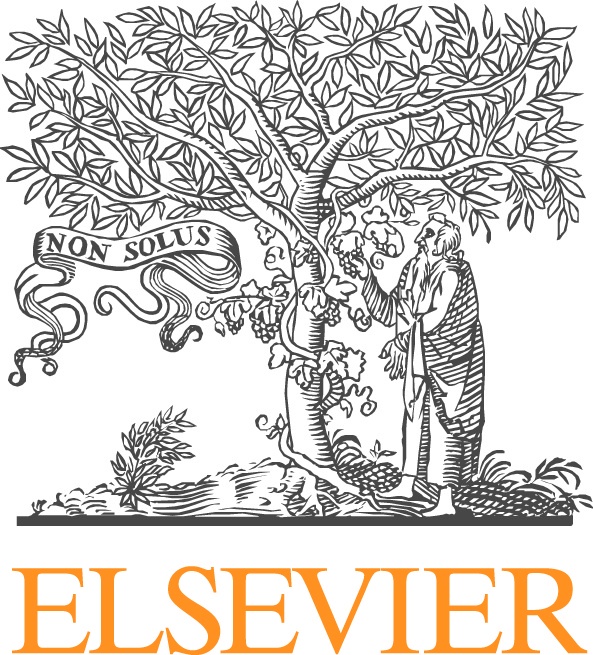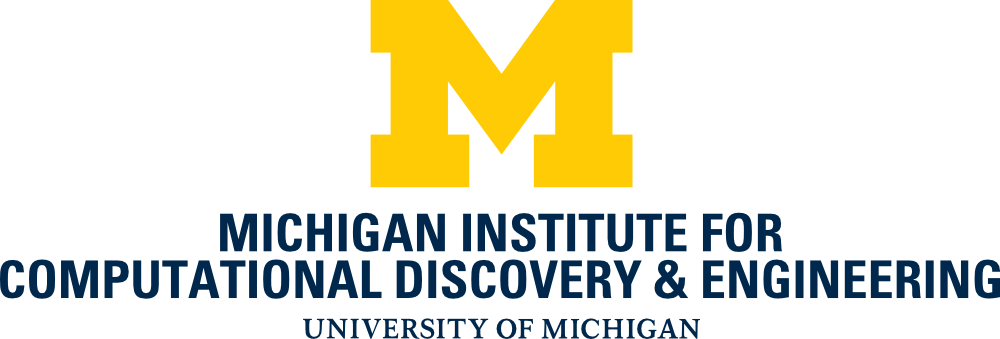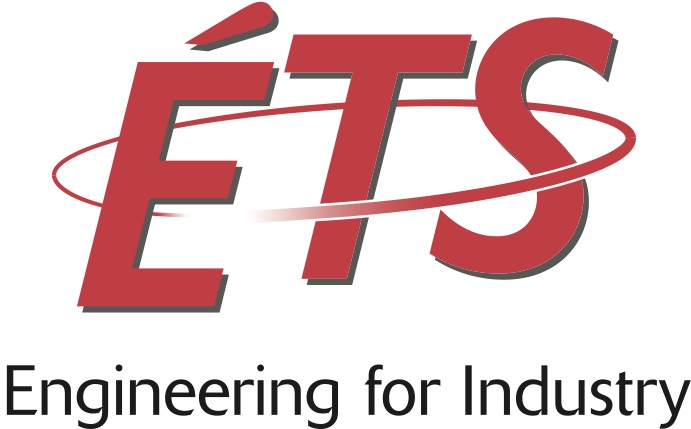Modeling and Simulation for Solidification Processes in Manufacturing
Greg Wagner, Northwestern University
Joe Bishop, Sandia National Laboratories
Wing Kam Liu, Northwestern University
The importance of manufacturing processes such as casting and welding have long driven interest in understanding, modeling, and simulating the melting and solidification of materials. More recent manufacturing techniques, such as 3D printing and selective laser melting (SLM) of metals, continue to be based on the controlled solidification of material, and bring additional complexities including multiple scale, dynamic deposition of material, and repeated thermal cycling. In all of these systems, it is crucial to understand the effects of process parameters on the structure and properties of the resulting parts. Shape, surface roughness, microstructure, porosity, and many other part characteristics have been shown to be very sensitive to process parameters such as applied power, toolpath direction, and cooling rates. Computational simulation has a large role to play in guiding the design of manufacturing processes and materials, and the development of new and improved methods for modeling solidification is an area of very active research.
In this minisymposium, we aim to bring together researchers with expertise in in numerical methods, materials science, engineering, and manufacturing to discuss the state of the art in modeling and simulation of solidification processes in metals, polymers, and other materials. Topics of interest include, but are not limited to:
-- Development, application, and the efficient solution of numerical methods for solidification, including sharp interface methods, phase field models, and cellular automata
-- Microstructure and property prediction
-- Multiscale modeling of solidification in space or time
-- Coupling solidification modeling to flow, heat transfer, or solid deformation simulation
-- Process optimization through simulation
-- Experimental validation of solidification models







